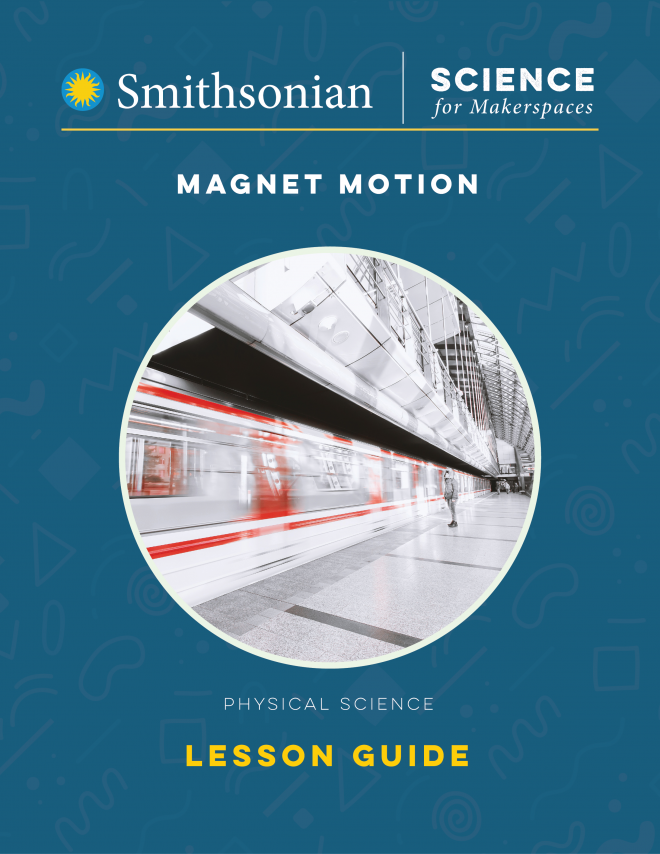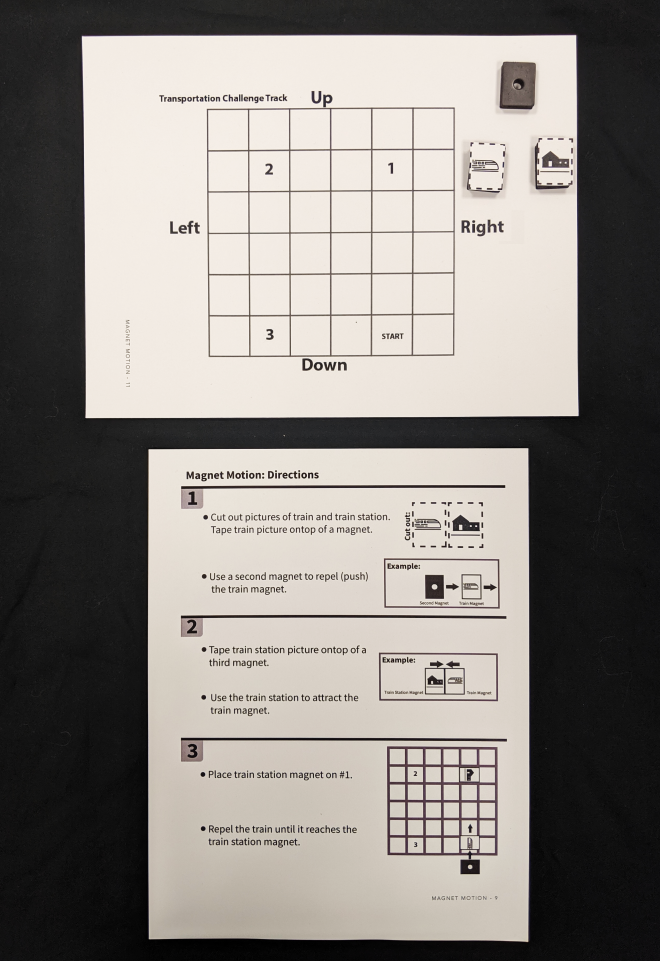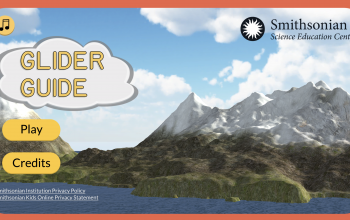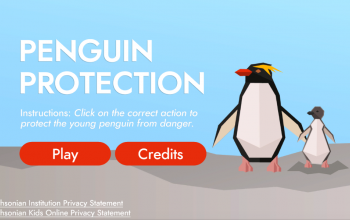Magnet Motion
Tagged
Ages: 7-11
Standards alignment: 3-PS2-1, 3-PS2-3
Preparation time: 40 minutes
Teaching time: 1-2 class periods
The Smithsonian Science for Makerspaces: Magnet Motion lesson plan explores how magnetic forces can act on objects without them being in contact. Using computational thinking and pattern recognition, students will use information from data tables to construct a model representation of a transportation track.




